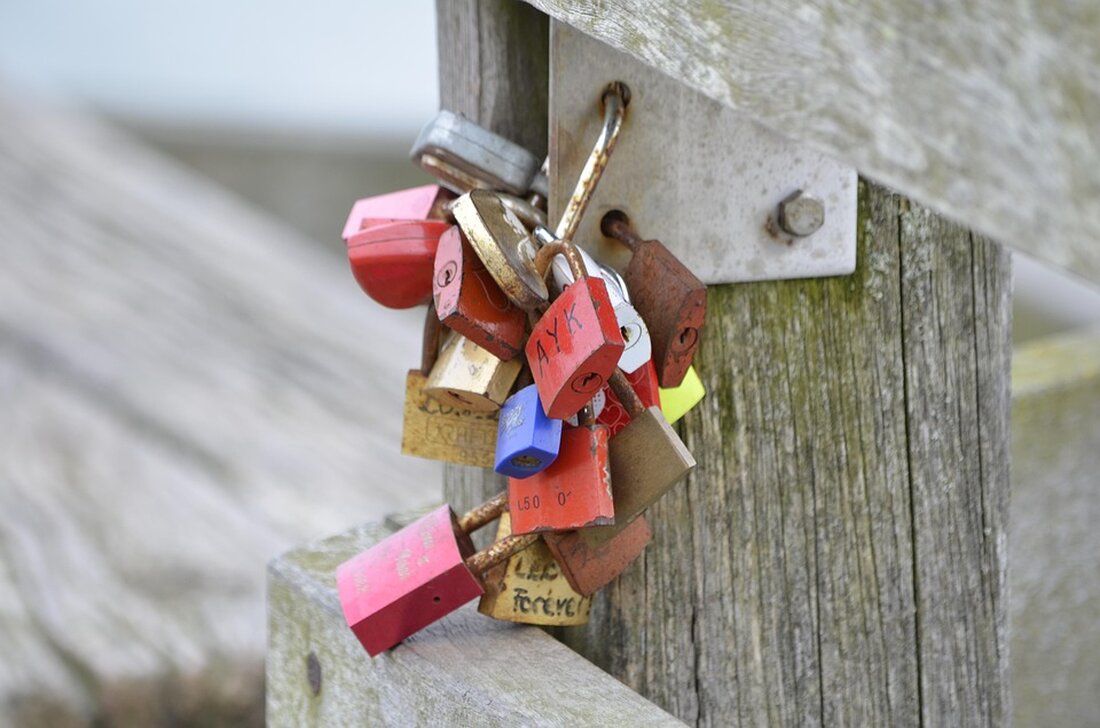Tourism boom in West Mecklenburg: Boltenhagen and Ludwigslust inspire!
West Mecklenburg is recording a positive trend in tourism. Boltenhagen and Ludwigslust attract numerous visitors.

Tourism boom in West Mecklenburg: Boltenhagen and Ludwigslust inspire!
In West Mecklenburg, the tourism sector is performing well after the summer holidays. The Baltic Sea resort of Boltenhagen in particular has recorded an increase in visitor numbers this season. The spa administration of the popular holiday destination announced that the newly introduced sleeping beach chairs for overnight stays under the stars were particularly popular. With these innovative offers, Boltenhagen continues to attract tourists and remains established as a popular travel destination.
Another attraction in the region, Ludwigslust Castle, also enjoys continued interest. Despite ongoing construction work on the castle, the city is recording an increase in the number of visitors. Already in 2025, 6,000 more guests visited the castle than in the previous year. This is happening in the context of the 150th anniversary that Ludwigslust will celebrate in 2026. The Golden Hall of the castle, one of the most impressive rooms in the complex, will shine in new splendor by this anniversary.
Ludwigslust Castle: A historic residence
Ludwigslust Castle, the former residence of the Dukes of Mecklenburg-Schwerin, was built between 1772 and 1776. Architect Johann Joachim Busch designed the classicist three-wing complex, which includes the hunting hall, the Golden Hall and the picture gallery. The impressive castle park with cascade and town church is also part of the ensemble. The town of Ludwigslust itself has its roots in the 14th century, when it was mentioned as an estate village called Klenow.
In 1763, the Schwerin court moved its headquarters to Ludwigslust and began building the new residential palace. It remained the main residence of the dukes until 1837, before the court was moved back to Schwerin and Ludwigslust became the summer residence. After the Second World War, the castle temporarily served as the headquarters of the district authorities and was later converted into a museum. The comprehensive renovation, which began after reunification, was completed in 2015 and cost a total of 16.8 million euros.
Visitor numbers and challenges
Schwerin's tourist attractions, including the newly designated UNESCO World Heritage Schwerin Residence Ensemble, attract many visitors. Nevertheless, the city recorded a decline in visitor numbers in August 2025 compared to the previous year. Marketing director Martina Müller attributed this to the “world heritage effect”, which is increasingly flattening out. In addition to the castle, Schwerin's well-preserved old town also attracts many tourists who appreciate the city's cultural and historical offerings.
The development of tourism in West Mecklenburg shows that despite the challenges, such as the decline in Schwerin, the region still has attractive offers. The combination of historical sights and new experiences, such as in Boltenhagen, appears to be a successful approach to attract visitors and strengthen the regional economy. Both the Baltic Sea resort and Ludwigslust Castle contribute significantly to the attractiveness of West Mecklenburg.

 Suche
Suche
 Mein Konto
Mein Konto